Remind your students about the difference between external and internal character traits with this set of three classroom posters.
What Are External and Internal Character Traits?
Authors tell the reader about the characters in a story by describing what they look like, and by describing what they say, do, think and feel. These are called ‘character traits.’ There are two types of character traits – external traits and internal traits.
- External traits – These are character traits that describe the character’s appearance (what we can see with our eyes). Examples of external traits are hair colour, eye colour, facial features, clothes, accessories, height and size.
- Internal traits – These are character traits that describe how a character acts, feels and thinks. Internal traits are not as easy to see as external traits, so the author needs to describe them to us.
Display this set of three posters on your classroom wall when teaching your students about internal and external character traits. The posters contain the following information:
- Poster 1 – Provides an overview of internal and external character traits.
- Poster 2 – Explores external character traits in greater detail.
- Poster 3 – Explores internal character traits in greater detail.
Multiple Applications for These Character Traits Posters
These character traits posters can be used in various ways to enhance your students’ learning. Here are some suggestions.
- Print the posters on A3 paper and display them in your classroom as a reminder of what external and internal character traits are.
- As you teach your students about character traits, provide students with a smaller version of the first poster to paste into their workbooks.
- Use this poster to create a classroom display about story characters and their external and internal traits from the texts you have read as a class. Add the character name and a list of their traits to pieces of coloured card and display them around the posters.
Download Your Chosen File Format
Use the dropdown menu next to the Download button to select between the editable Google Slides or the easy-print PDF version of this resource.
This resource was created by Lisamarie Del Valle, a Teach Starter collaborator.
Don’t stop yet! We have a huge range of story elements resources to make your Literacy planning a breeze!
[resource:47914] [resource:4981443] [resource:4980992]
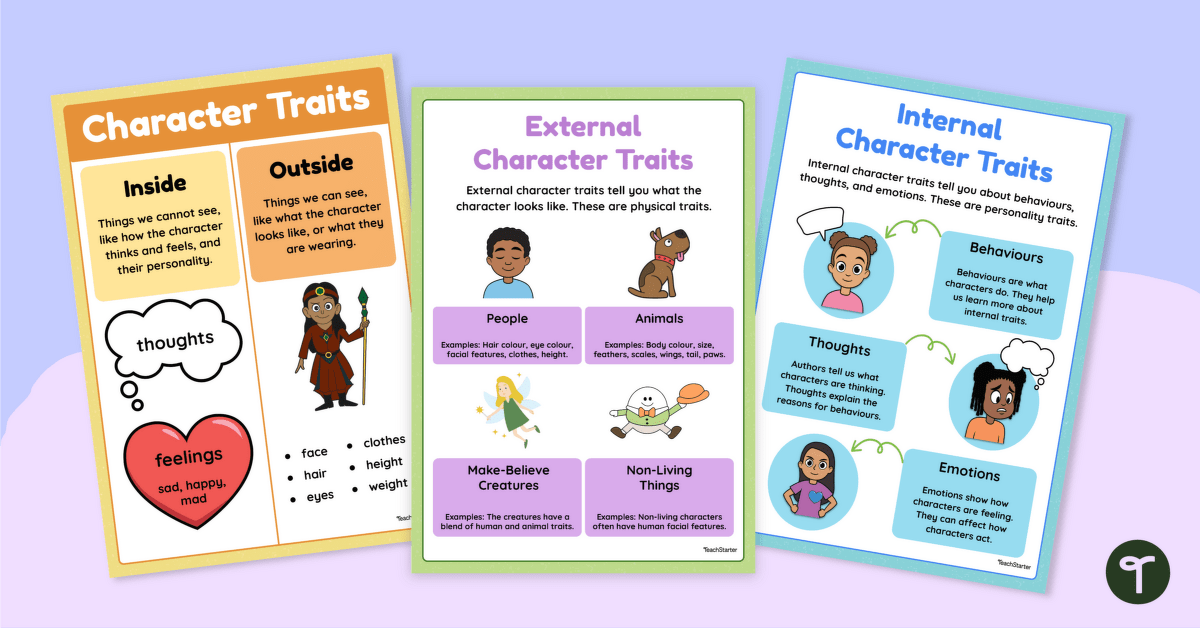


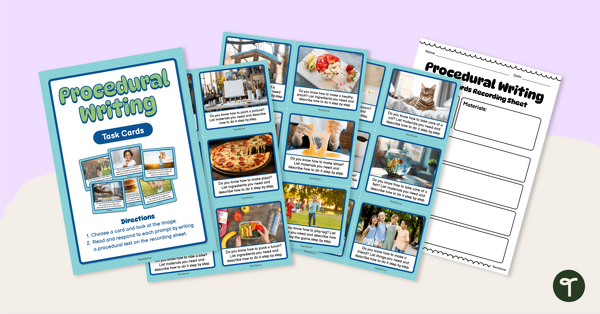
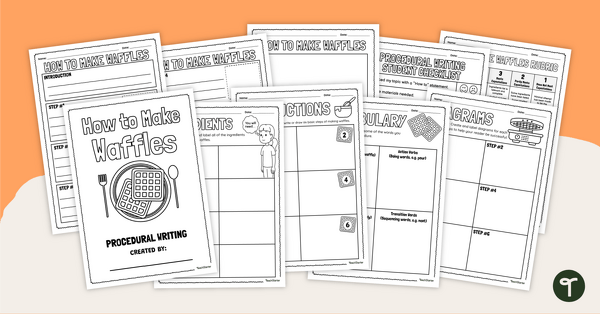
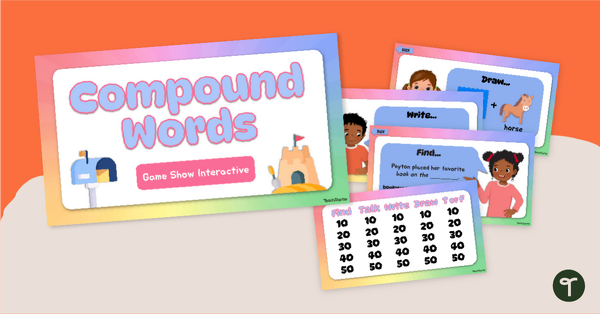
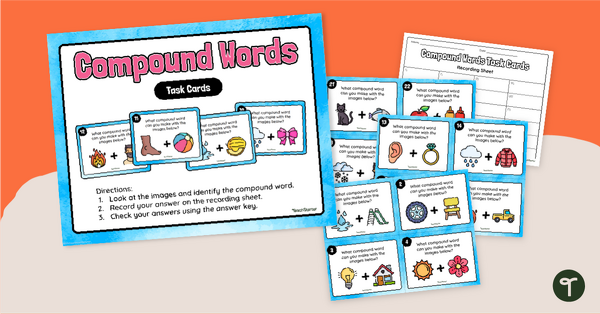
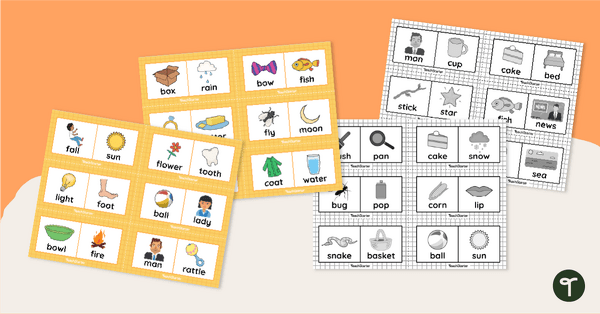
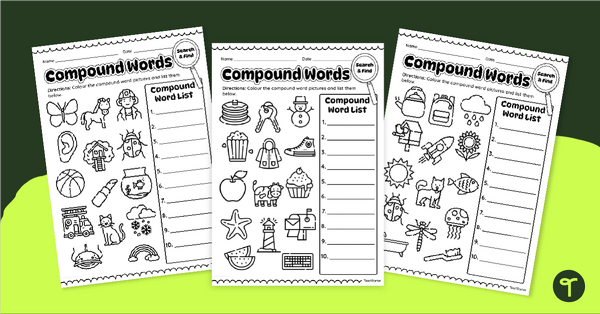
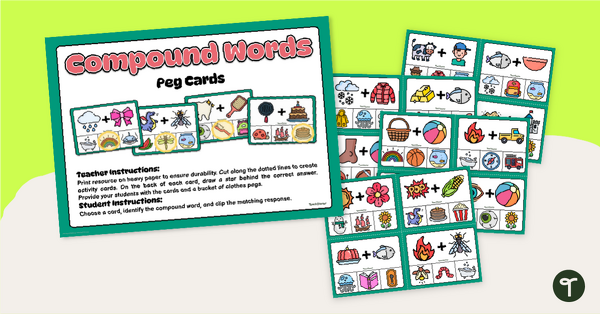
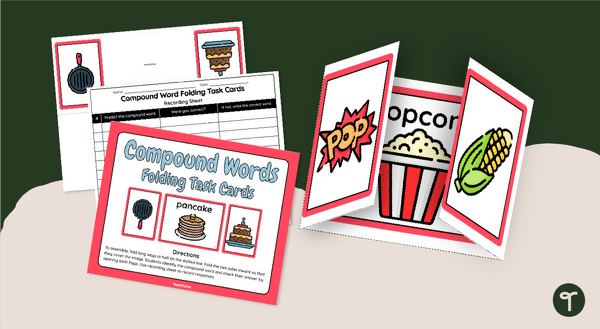
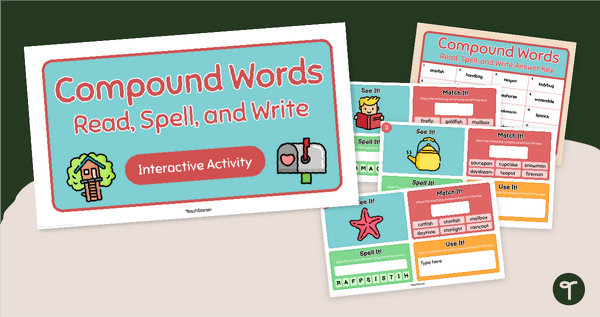
0 Comments
Write a review to help other teachers and parents like yourself. If you'd like to request a change to this resource, or report an error, select the corresponding tab above.